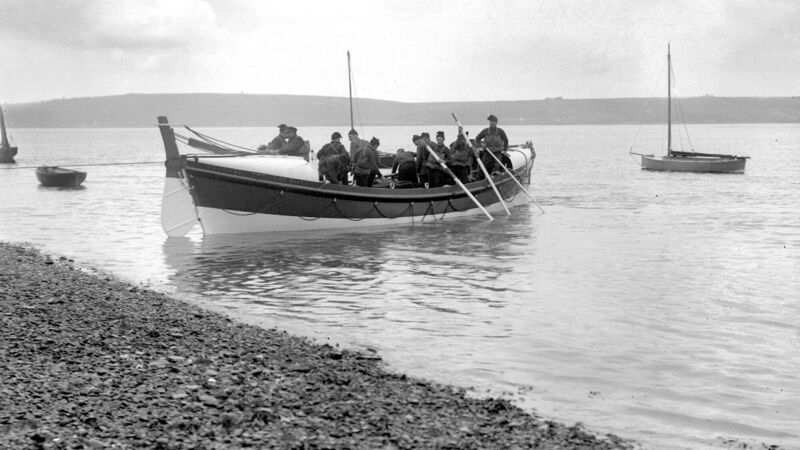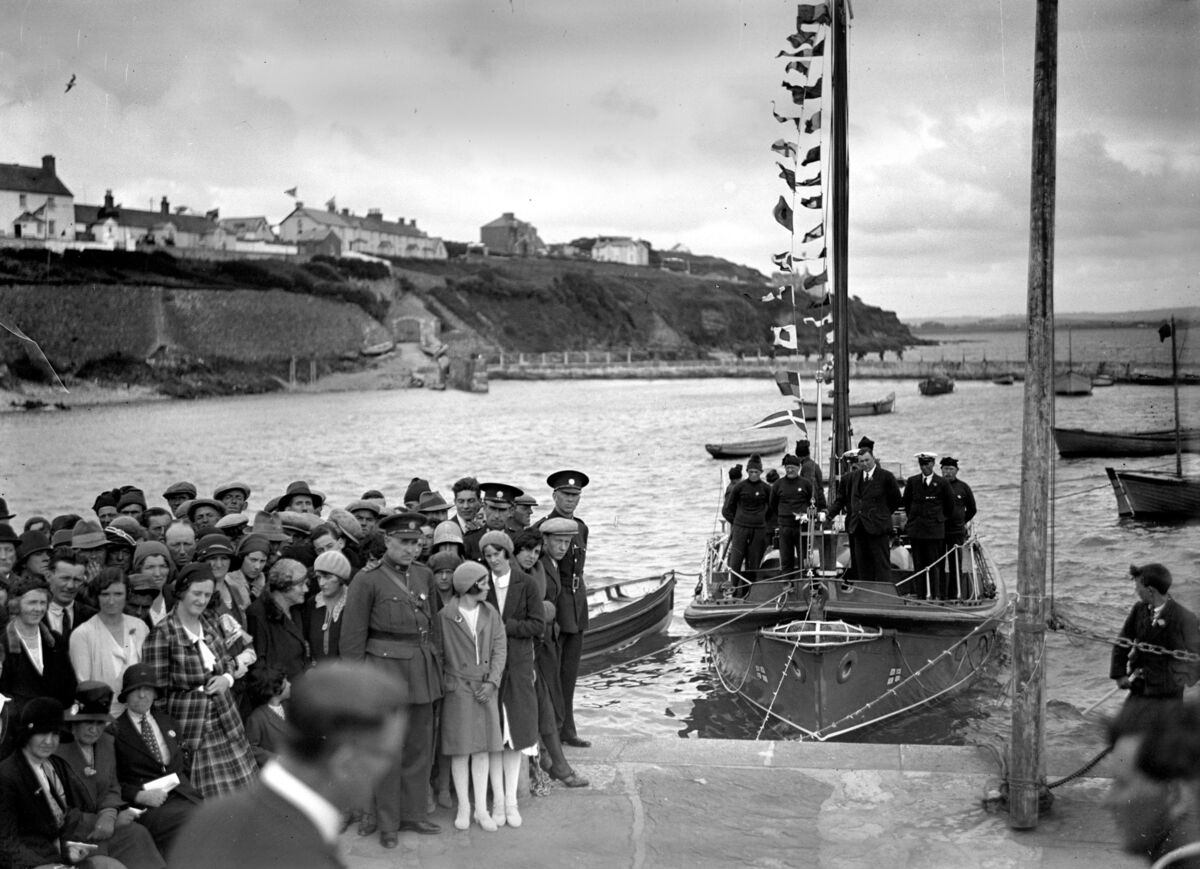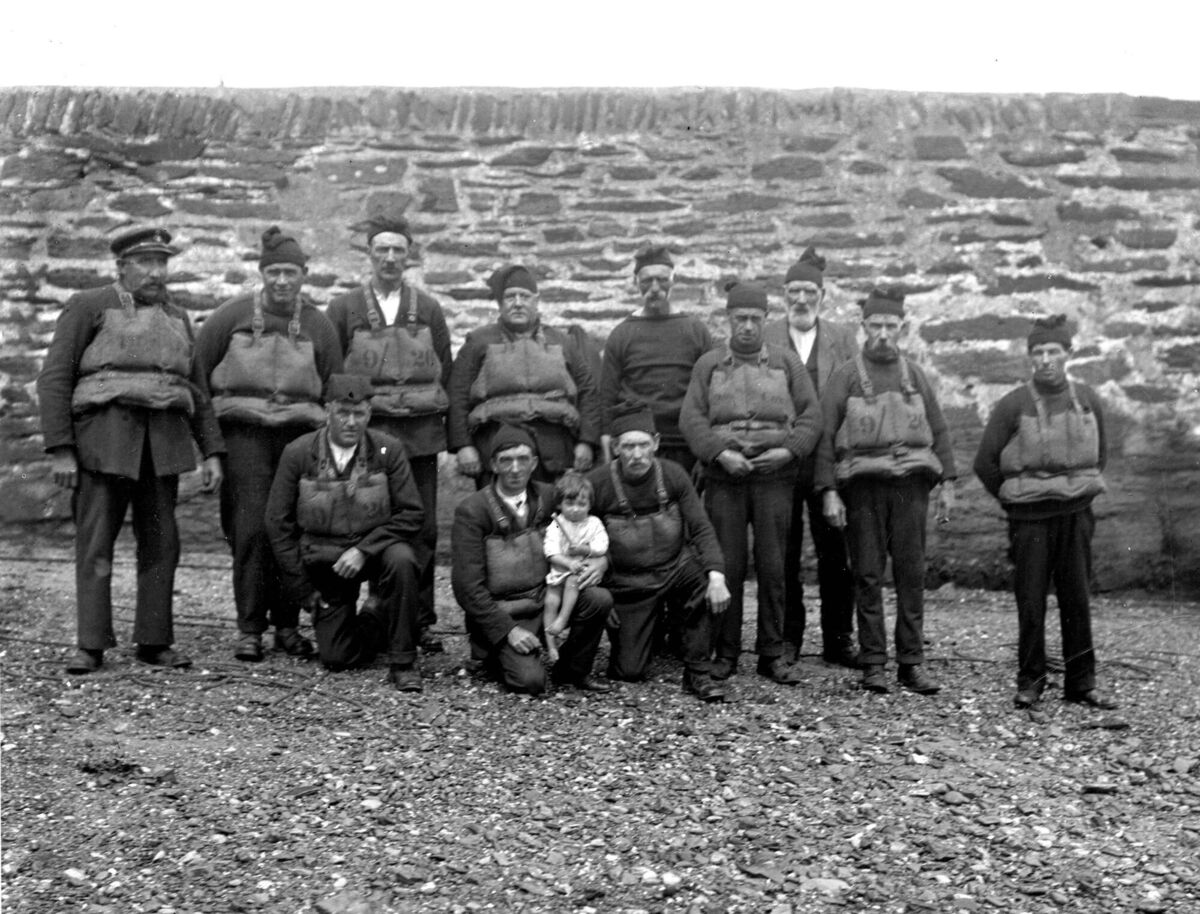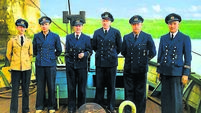Rough seas and always ready... RNLI marks 200 years of saving souls

Youghal lifeboat and crew in August, 1927
WHEN I think of a lifeboat crew at sea in rough weather, this is the description that most sticks out in my mind: “It was like hitting a concrete wall, when we struck those big waves, the physical shock was huge. I had no doubt that being on a lifeboat was going to be tough and demanding.”


TIDES OF TIME... MILESTONES OF THE RNLI
March 4, 1824: In a London pub, Sir William Hillary founds the National Institution for the Preservation of Life from Shipwreck.
1854: RNLI Inspector, Captain Ward, invents the cork lifejacket.
1884: Leonora Preston designs the RNLI flag after her brother was rescued by lifeboat volunteers in Ramsgate, Kent.
1891: First street collection for the RNLI, in Manchester.
1905: The first motorised lifeboat takes to the seas.
March 17, 1907: In the most successful RNLI rescue of all time, off Cornwall, all 456 passengers and crew of the Suevic are saved by lifeboat crews who rowed back and forth for 16 hours.
1914-18: During World War I, lifeboats launched 1,808 times and saved 5,332 lives.
1939-45: RNLI crews saved 6,376 lives during World War II.
1969: Elizabeth Hostvedt, 18, became the first woman qualified to command an inshore lifeboat.
August 30, 1974: The last lightship to stand guard over the Daunt Rock, the Osprey, was taken out of commission, ending the lightships era. A hi-tech beacon-buoy now does the job.
The Osprey is now a trendy nightclub, moored on the Seine in Paris. Renamed Le Batofar (le bateau-phare, or lighthouse boat) it hosts cutting-edge electro bands and DJ-driven, after-hours dance parties. If that’s not your scene, it also functions during the day as a restaurant and café.







